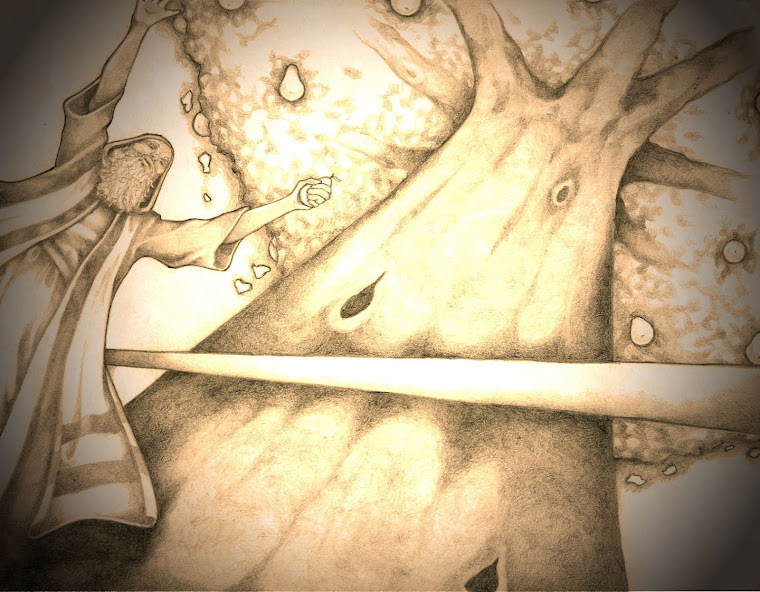 |
Hopi Two Horned Priests at Oraibi in
early 1900's |
So if you have in any manner familiarized yourself with my blog you will have noticed many different correlations between the Hopi and those Nephites and Lamanites in the Book of Mormon. In this blog post I am going to show that there was not only a priesthood that existed among the Nephites and Lamanites but there were also a type of priesthood or a remnant that is had among the Hopi and even the Mayans as well. In the Book of Mormon a prophet named Alma who at one point of his life he resigned his position as chief judge and devotes himself totally to his position as high priest and the spreading of the gospel among the Nephites (Alma 4). Alma chapter 4 shows that there was a priesthood that was had among the Nephite and Lamanite populations. It was the authority to act in the name of God.
The Hopi have similar priestly societies known as the One Horns and the Two Horns. The One Horns are according to Tom Cryer in his book Visual Testament, "like the Freemasonic Entered Apprentice, has yet to receive the greater light. Their minds have yet to open to the mysteries known by the more mature Two Horns. Thus their headdresses are either large, unsplit unicorns or diminutive two horns." Their function is aimed more towards outward ordinances much like the ancient order of the Aaronic priesthood.
The Two Horn function is celestial or eternal in nature much like that of the Melchizedek priesthood. They have knowledge of the higher order of heaven, and the previous worlds. Their responsibility is mainly focused on looking after the dead. They install chiefs of all the ceremonies and dance with high steps and
sing "a song that is so secret that although they render it in low, almost inaudible voices, they accompany it with a great uproar in order to make sure that not a syllable is overheard by any, save members of their own order ."(Titiev 1944:132)
 |
| The Mitre worn by Catholic superiors |
The Hebrew word
qaran or
keren is a denominative verb from a noun meaning "horn" or "power" which is exactly what the horns represent. The armies of Joshua used the horn to knock down the walls of Jericho. Cryers points out that in Psalm 29:7 " The voice of the Lord divideth the flames of fire" and it is this division
representing the word of the Lord that is represented directly on the horned headdress of the split gourd having pairs of parallel lines that represent "the word" (as pointed out on my other post regarding the Hopi Snake Ceremony) painted on the inside. The horns symbol has been depicted in many places from the Hopi's to the Mayans and even the Egyptians all as symbols of power and authority. There are also many depictions of Moses with horns for this very reason. Cryers also points out that the divided headdress was traditional in the Old World until it was "turned aside" and became the mitre worn by Catholic superiors.
+of+Lachoneus+and+Gidgiddoni2.jpg) |
| Lachoneus and Gidgiddoni |
Mayan forms of authority were held in the eagle and jaguar warriors that were later held used as types of Aztec warriors as well. Many of these type of warriors can be seen on Mayan and Aztec murals. To some a priestly class also being a warrior or highly trained military personnel may seem a bit odd but when we return to the Book of Mormon we can see that this was a very common practice in times righteousness. During the days of Lachoneus who was the governor and a just man with the spirit of prophecy he appointed Gidgiddoni as a chief captain among his armies and when we read 3 Nephi 3:18-19 we see that this was indeed a common practice.
18. Now the chiefest among all the chief captains and the great commander of all the armies of the Nephites was appointed, and his name was Gidgiddoni.
19. Now it was the custom among all the Nephites to appoint for their cheif captains, (save it wer in their times of wickedness) some one that had the spirit of revelation and also prophecy; therefore, this Gidgiddoni was a great prophet among them, as also was the chief judge.
Thus we can see that a line of authority even priestly authority has its roots in ancient tradition. Through Joseph Smith this can be traced back to the prophets of old. In the Pearl of Great Price and Book of Mormon we see that the want for this priesthood authority lead to "copy cat" authorities trying to mimmick the priesthood authority. That combined with the loss of authority due to wickedness and apostacy lead to the total loss of the priesthood. As I have pointed out traces can be seen in ancient cultures almost everywhere. It's when we take a closer look at these ancient traditons that we may get a better understanding of the Book of Mormon. I once again close with Brant Gardners saying that it's not about looking for the Book of Mormon in Mesoamerica it's about looking for Mesoamerica (and its surrounding cultures) in the Book of Mormon that will bring further cultural insights.





+of+Lachoneus+and+Gidgiddoni2.jpg)